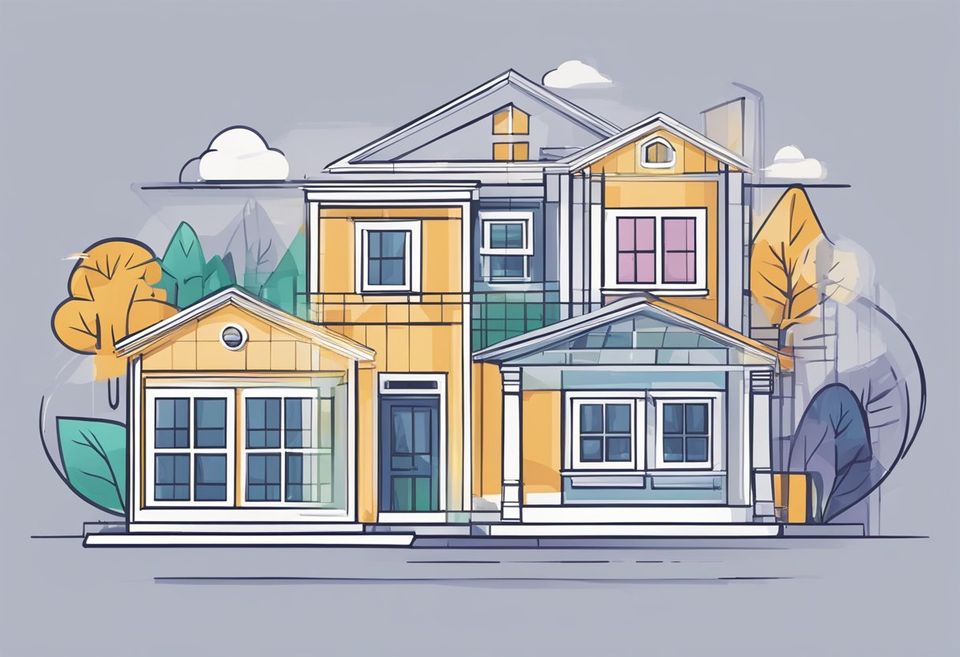5 Tips for Your Real Estate Website Design: Enhancing User Experience and Conversion
In the competitive realm of real estate, an effective website serves as the cornerstone of a successful business. It's the hub where potential clients land to browse listings, seek out information, and decide if they trust you to be their guide through the complex world of property transactions. A well designed real estate website does more than showcase properties it builds relationships, fosters trust, and establishes a realtor's brand in the digital marketplace.




